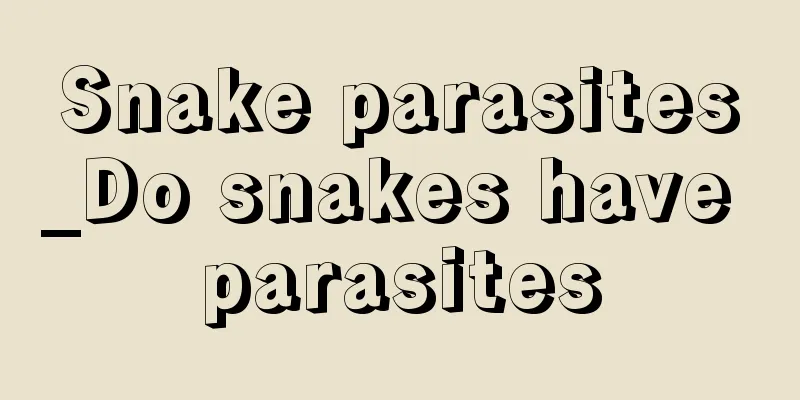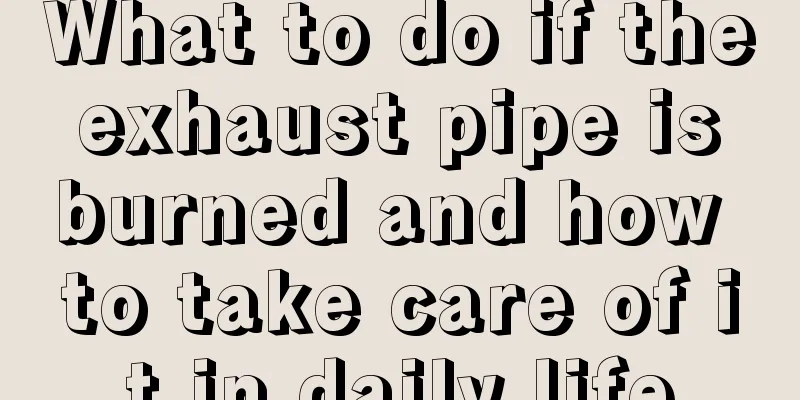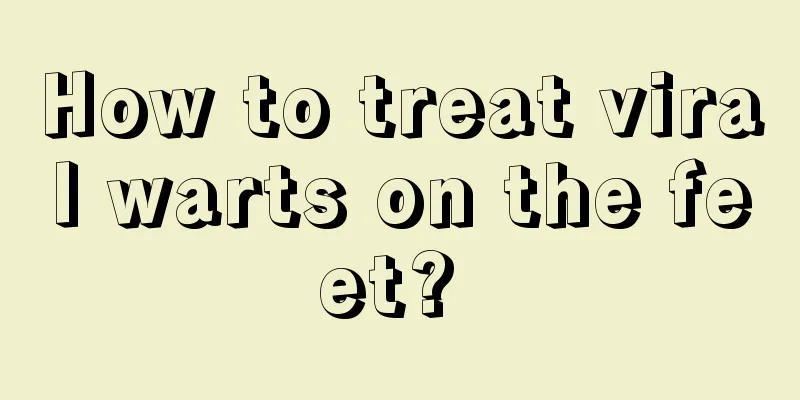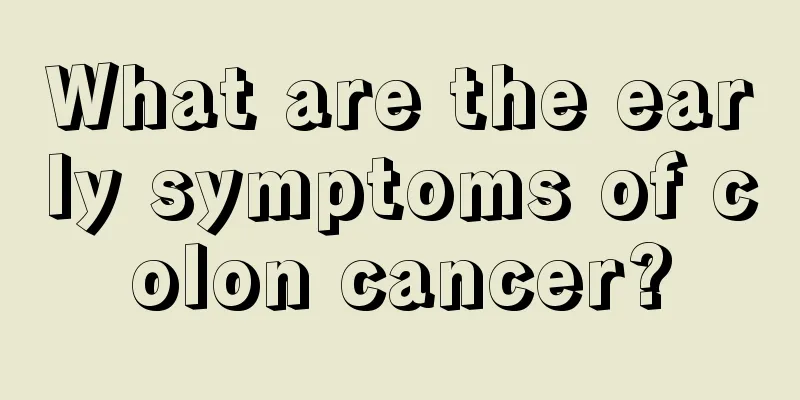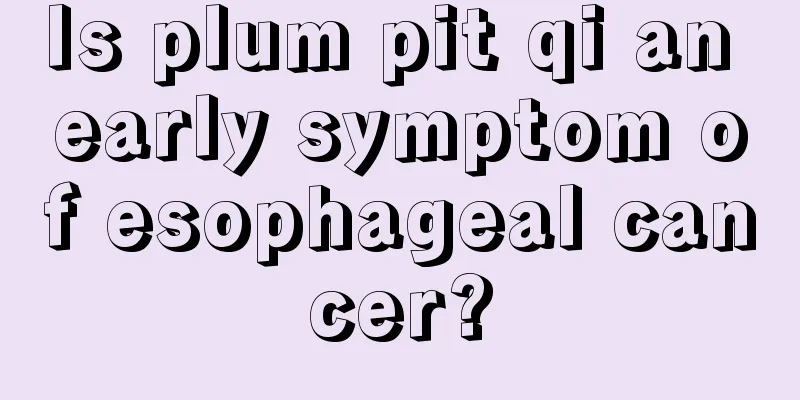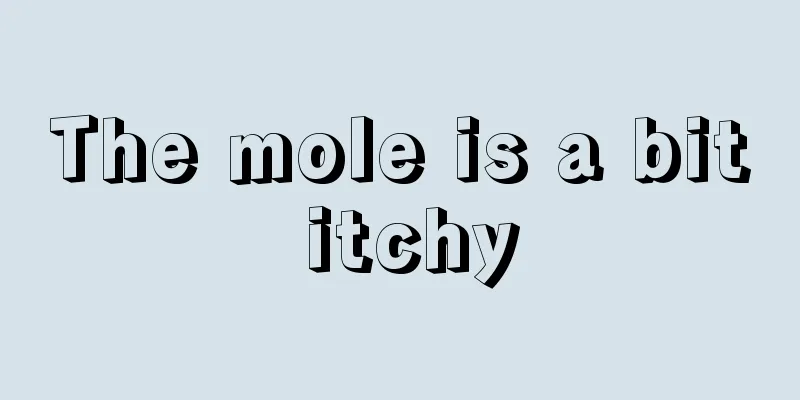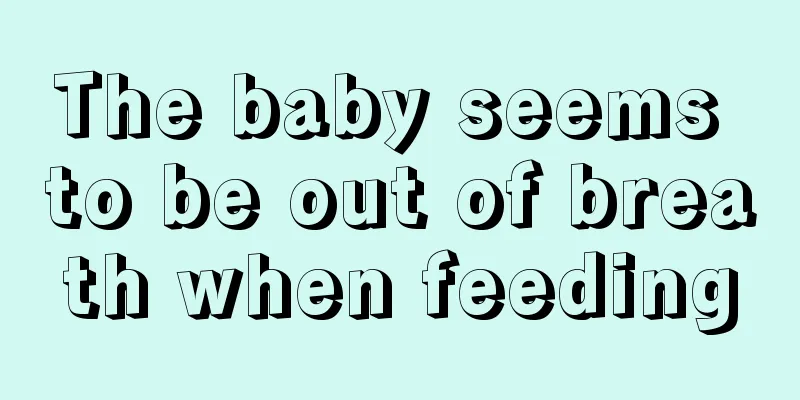How to treat gastric stones? Treatment of gastric stone disease
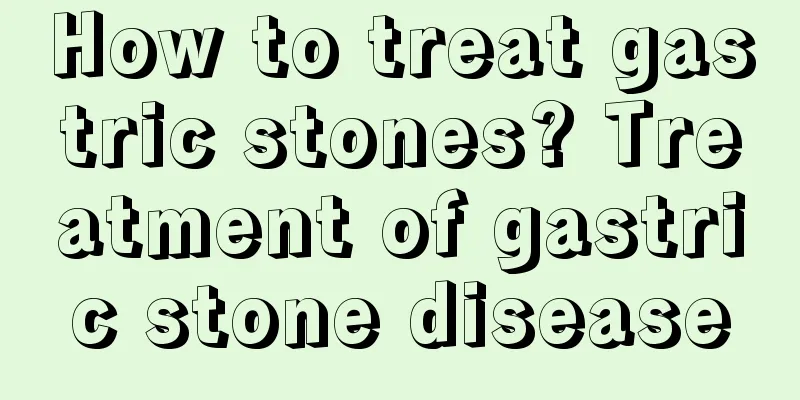
|
The treatment for patients with gastric stones includes surgical treatment and non-surgical treatment. Non-surgical treatment mainly involves oral administration of some alkaline drugs, such as 5% sodium bicarbonate and pectinase, as well as strong acid inhibitors. If the condition is serious, surgical treatment should be considered. 1. Non-surgical treatment (1) Oral alkaline drugs: such as 5% sodium bicarbonate 30 ml/time, 3 times/day, for 1 month. (2) Strong acid suppressants: Proton pump inhibitors such as esoprazole 20 mg, once a day, orally for 1 month. (3) Pectinase: Literature reports that the use of pectinase to treat gastric stones can achieve good results, and the stones can be eliminated quickly, the method is simple, and there are no adverse reactions. Pectinase can catalyze the depolymerization of pectin and the hydrolysis of esters in pectin molecules. Generally, taking 3g of pectinase once is enough to cure the disease. 2. Use a snare to remove stones under gastroscopy. 3. Surgical incision to remove the stone Although some plant balls can be dissolved and broken down after taking the above-mentioned medicines, and some may disappear after severe vomiting and massage, these treatments are unreliable and sometimes harmful, and are not as good as surgical treatment. The stomach should be properly lavaged before surgery, and care should be taken during surgery to prevent the stomach contents from contaminating the abdominal cavity, especially in patients with hairballs. Once the rancid contents in their stomach contaminate the abdominal cavity, it can easily cause severe peritonitis. The hair bulb can sometimes extend into the duodenum through the pylorus, and when removing it, care should be taken to completely remove the entire hair bulb. Sometimes there is more than one plant ball, and during surgery, care should be taken to check the entire gastrointestinal tract to avoid any residue left behind. For patients with gastric stone disease accompanied by gastric and duodenal ulcers, the ulcers can usually heal on their own after the hair bulbs are removed. Wakl[13] consulted the literature and collected 13 cases of patients with hair bulbs. All of them achieved good results in curing the associated ulcers after simple hair bulb extraction. If the ulcer is accompanied by complications such as bleeding, perforation and stenosis, appropriate treatment should be given. |
<<: Diagnostic criteria for hyperinsulinemia, eight methods can solve it
>>: What causes hydronephrosis
Recommend
What to do if there is a big gap between the front teeth
If people chew food incorrectly or the tooth crow...
What should patients with thyroid cancer pay attention to in terms of diet
What issues should be paid attention to in diet f...
How can girls grow 10cm taller
Every girl wants to have a tall figure, but many ...
Will drinking fresh milk before going to bed make you fat?
Nowadays, milk is becoming more and more popular ...
Are there any surprises in the genetic blood type rules?
Blood type is a classification of the quality and...
What is the cause of bile reflux
Bile reflux is one of the signs that people have ...
Can I take birth control pills if I have uterine cancer?
Uterine cancer mostly occurs in married women. Ex...
How to diagnose gastric cancer? There are five ways to check
Gastric cancer is a very serious disease that can...
Medicine to improve intestinal function
Gastrointestinal function is very important for u...
What medicine is better for treating ovarian tumors
Traditional Chinese medicine has less toxic side ...
Why is there a bad smell in the belly button area
It is actually normal for the belly button to hav...
The white of the right eye is bloodshot
The condition of bloodshot whites of the eyes cau...
What's wrong with my lower left eyelid twitching
Eyelid twitching is very common in life, and this...
What are the predisposing factors of pituitary tumors? How are pituitary tumors caused?
The occurrence of pituitary tumors is related to ...
Can nasopharyngeal carcinoma be operated on in the middle stage?
Can surgery be performed on nasopharyngeal carcin...
